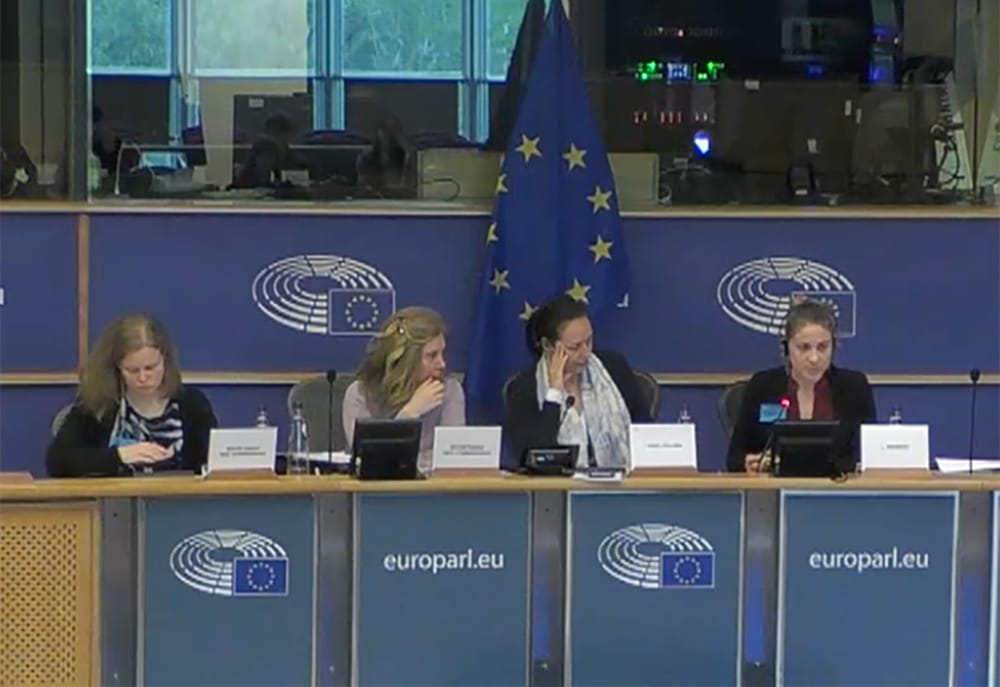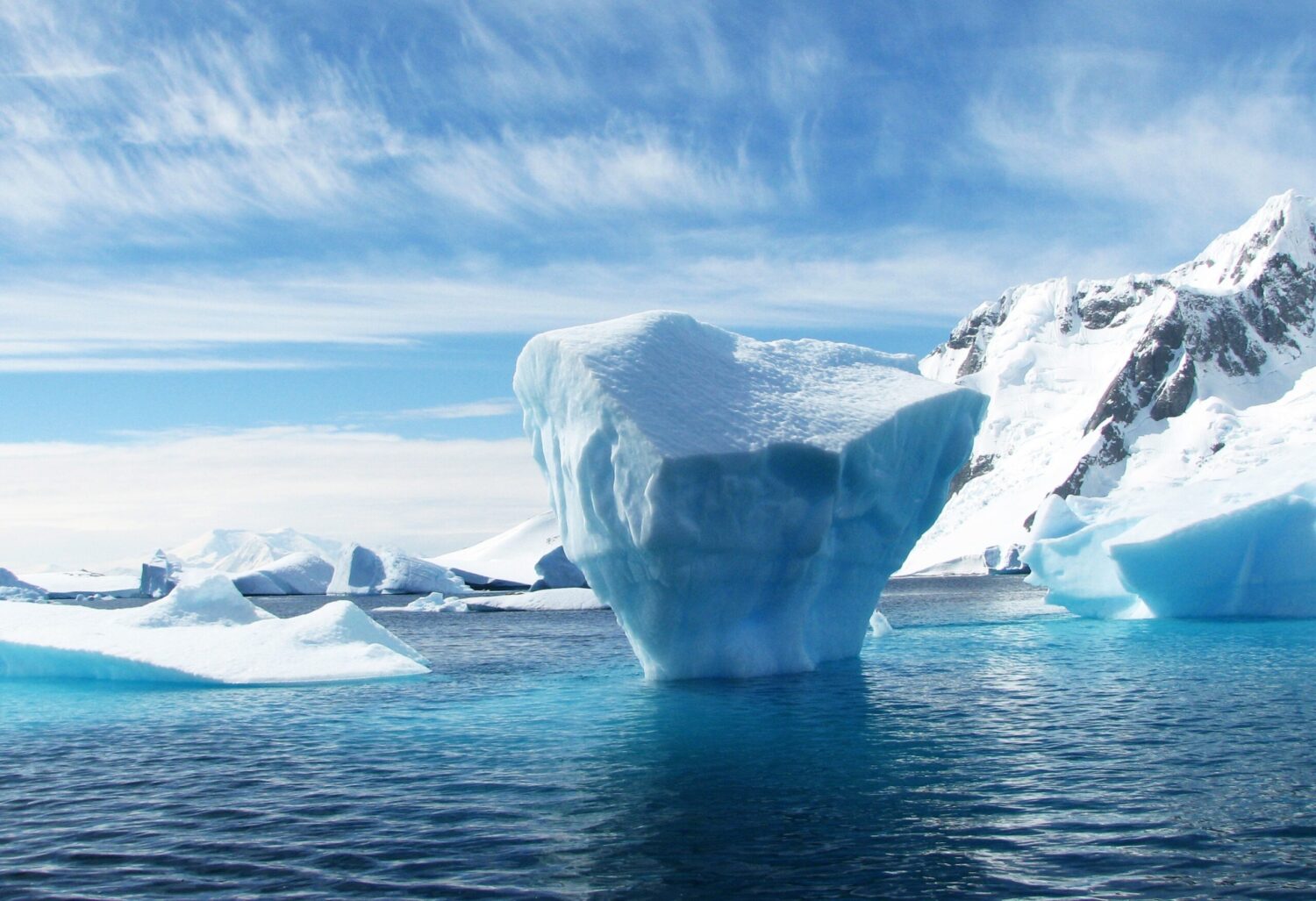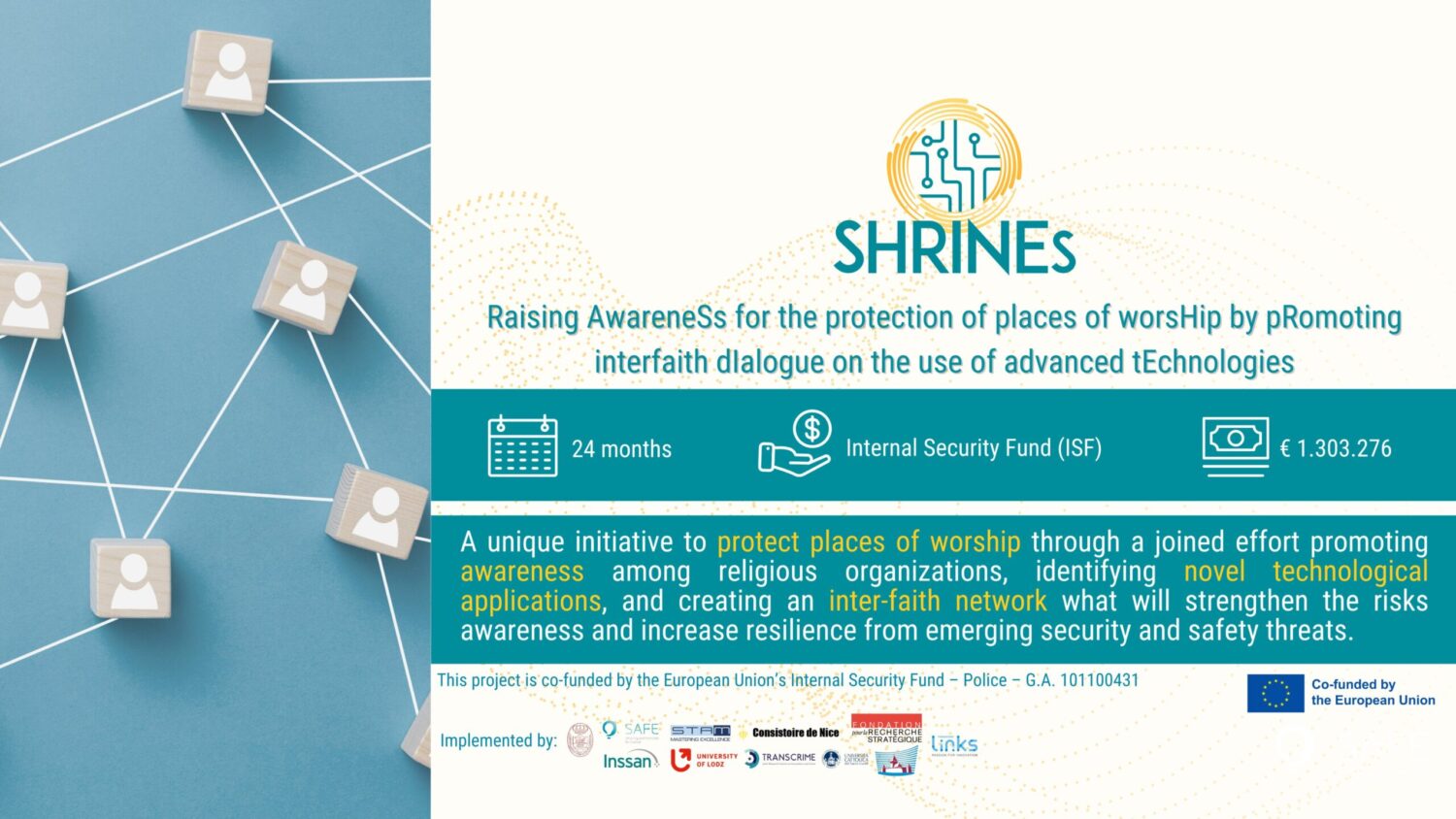On Thursday, the European Parliament adopted three resolutions on human rights breaches in Russia, Afghanistan and Nigeria.
Repression in Russia, in particular the cases of Vladimir Kara-Murza and Alexei Navalny
Following the recent sentencing of Russian-British journalist Vladimir Kara-Murza to 25 years in prison for having criticised Vladimir Putin’s regime, MEPs strongly condemn this politically motivated conviction and demand his immediate and unconditional release. They make the same demand for Russian opposition activist and 2021 Sakharov Prize laureate Alexei Navalny, who remains incarcerated in a penal colony, as well as all other political prisoners in Russia.
While noting that the health of both Mr Kara-Murza and Mr Navalny is rapidly deteriorating due to mistreatment and lack of proper medical care, MEPs denounce the escalation of human rights violations by the Russian regime and condemn the ongoing crackdown on government critics, human rights defenders and independent journalists in the country. Due to this, Parliament calls on the UN Human Rights Council to conduct an immediate investigation into the acts of inhuman imprisonment, torture and murder of political opponents in Russia.
In addition, MEPs want EU member states in the Council to adopt tough sanctions under the EU’s global human rights sanctions regime against Russian judges, prosecutors and others responsible for the arbitrary prosecutions, detentions and torture in politically motivated trials. They also urge EU countries to provide humanitarian visas and other support to Russian dissidents at risk of political prosecution.
The resolution was adopted by 508 votes in favour, 14 against and 31 abstentions. For more details, the full text will be available here.
The persecution of women’s education activists in Afghanistan
Parliament urges Afghanistan’s de-facto authorities to release all those imprisoned for exercising their fundamental rights, including education activist Matiullah Wesa, the head of the Afghan PenPath organisation. MEPs also demand an end to the persecution of those Afghans who have been resisting the dramatic rollback of women’s rights in the country since the Taliban took over.
The resolution calls on the EU and its member states to exert diplomatic pressure directly or indirectly on Afghanistan’s de-facto authorities to secure the release of all those arbitrarily detained, as well as to increase support to Afghan groups providing education to women and girls.
MEPs also denounce the Taliban ban on secondary and university education for women in Afghanistan, as well as the ban on women from working for non-governmental organisations and the United Nations. In addition, the resolution urges Afghanistan’s de-facto authorities to fully respect the rights and fundamental freedoms of women and girls and to restore their full, equal, and meaningful participation in public life and access to education.
The text was adopted by 529 votes in favour, 2 against and 11 abstentions. For more details, full text will be available here. (20.04.2023)
Nigeria: The risk of death penalty of singer Yahaya Sharif-Aminu for blasphemy
MEPs urge the Nigerian authorities to immediately and unconditionally release and drop all charges against imprisoned singer Yahaya Sharif-Aminu, as well as all others facing blasphemy allegations. In 2020, Yahaya Sharif-Aminu was sentenced to death by a Sharia Court in Kano State in the north of the country over a song he composed and shared on social media, containing allegedly derogatory comments regarding the Prophet Muhammad.
The resolution states that blasphemy laws are in clear breach of both international human rights obligations and in contradiction with the Nigerian Constitution. Therefore, Parliament urges the Nigerian authorities to uphold human rights throughout the country by ensuring that federal and state law and Sharia do not deny Nigerians protection under the national constitution and international conventions, as well as to repeal blasphemy laws at both federal and state level.
MEPs also urge the government of Nigeria to combat impunity surrounding blasphemy accusations, and to withdraw the use of capital punishment for such supposed crimes, while moving towards full abolition. They finally call on the EU and its member states, as key development partners, to raise individual cases, human rights concerns and blasphemy laws with the Nigerian side.
The resolution was adopted by 550 votes in favour, 7 against and 4 abstentions. For more details, full text will be available here (20.04.2023).














